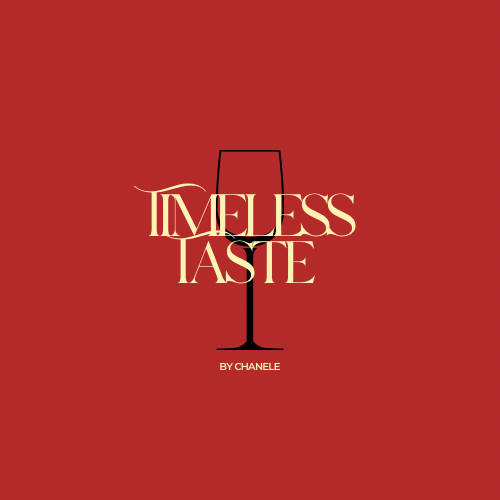Wine down….
Oldest Evidence of Wine: The oldest evidence of wine production dates back to around 6,000 BC in what is now modern-day Georgia (the country, not the U.S. state). Archaeologists have found evidence of wine fermentation from ancient clay vessels.
Types of Wine: There are several main types of wine, including red, white, rosé, sparkling, and fortified. Each type is made from different grape varieties or processed differently.
Wine and Terroir: The concept of terroir refers to how a wine’s unique flavor is influenced by the environment where the grapes are grown, including the soil, climate, and topography. This is why wines from different regions taste different, even if they are made from the same grape variety.
The Health Benefits: Moderate wine consumption, especially red wine, is linked to certain health benefits. Some studies suggest that red wine contains antioxidants, like resveratrol, which may help reduce the risk of heart disease.
Wine and Aging: Not all wines age well. Some wines, particularly high-quality red wines, can improve with age, developing more complex flavors. However, most wines are meant to be consumed within a few years of their release.
World's Largest Wine Producer: Italy and France are usually the two largest producers of wine in the world, but Spain is also a top contender. The United States, specifically California, is another major player in the global wine market.
Wine Pairing: The art of pairing wine with food is often guided by balancing flavors. A general rule of thumb is that red wines pair well with red meats, and white wines with lighter dishes, like fish or chicken.
Wine in Ancient Cultures: Wine has been a central part of various cultures for millennia. The ancient Egyptians, Greeks, and Romans all had their own methods of wine production, and it was often consumed during religious rituals.
The Importance of Cork: The cork in wine bottles is often a symbol of quality. However, it is prone to a defect known as cork taint, caused by a chemical compound called TCA. This can make wine taste off, leading some wineries to use screw caps or synthetic corks instead.
Wine and the Color: Red wines get their color from the skins of red or black grapes, which are left in contact with the juice during fermentation. White wines are made from green or yellow grapes, and the skins are typically removed before fermentation.
Wine Terminology: Some common wine terms include:
Tannin: A compound found in grape skins, seeds, and stems that adds a dry, astringent quality to wine.
Body: Refers to the weight or fullness of the wine, which can range from light to full-bodied.
Bouquet: The complex aromas of a wine, developed as it ages.
